We are glad to present the 2nd edition of book entitled “Mechanical Engineering Measurements” for IInd Year Diploma, Semester IV in Mechanical and Automobile Engineering Group as per the “I” Scheme code syllabus prescribed by MSBTE.
We have observed the students facing extreme difficulties in understanding the basic principles and fundamental concepts without adequate solved problems along with the text.
To meet this basic requirement of students, sincere efforts have been made to present the subject matter with frequent use of figures and lots of numerical examples.
Unit I – Introduction to Measurement [Marks 12; Hours 06]
1.1 Types of Measurement, Classification of Instruments, Static terms and Characteristics – Range and Span, Accuracy and Precision, Reliability, Calibration, Hysteresis and Dead Zone, Drift, Sensitivity, Threshold and Resolution, Repeatability and Reproducibility, Linearity, Dynamic Characteristics – Speed of Response, Fidelity and Dynamic Errors, Overshoot
1.2 Measurement of Error – Classification of Errors, Environmental Errors, Signal Transmission Errors, Observation Errors, Operational Errors
1.3 Classification of Transducers, Active and Passive, Contact Non-contract, Mechanical, Electrical, Analog, Digital
Unit II – Displacement, Force and Torque Measurement [Marks 12; Hours 10]
2.1 Specification, Selection and Application of Displacement Transducer. Capacitive Transducer, Potentiometer, LVDT, RVDT
2.2 Force Measurement System – Characteristic of Force Measurement, Creep Curve for Force Transducer
2.3 Force and Load Sensors – Types of Load Cell, Load Cell Applications, Construction and Working of Quartz Force Sensor, Force Rings
2.4 Torque Measurement – Inline and Reaction Torque Measurement
2.5 Torque Sensors – Construction and Working of Slip ring, Rotary Transformer, Infrared Sensor, FM Transmitter
2.6 Dynamometers – Construction and Working of Transmission Dynamometer, Absorption Dynamometer, Eddy Current Dynamometer
Unit III – Pressure and Temperature Measurement [Marks 12; Hours 08]
3.1 Pressure Measurement – Low pressure gauges – McLeod Gauge, Thermal Conductivity Gauge, Ionization Gauge, Thermocouple Vacuum Gauge, Pirani Gauge, High Pressure Gauge – Diaphragm, Bellows, Bourdon Tube, Electrical Resistance Type, Photoelectric Pressure Transducers, Piezoelectric Type
3.2 Non-electrical Methods – Bimetal, Liquid in Glass Thermometer and Pressure Thermometer
3.3 Electrical Methods – RTD, Platinum Resistance Thermometer, Thermistor, Thermoelectric Methods – Elements of Thermocouple, Seebeck Series, Law of Intermediate Temperature, Law of Intermediate Metals, Thermo emf Measurement
3.4 Pyrometers – Working and Principles of Radiation and Optical Pyrometer
Unit IV – Flow Measurement [Marks 12; Hours 08]
4.1 Types of Flow Meter, Selection Criteria for Flow Meter, Classification
4.2 Flow Meters – Application and Construction of Orifice, Venturi Tube, Segmental Wedges, Pitot Tube, Dall Tube
4.3 Variable Area Meter – Construction, Working and Principle of Rotameter, Anemometer
4.4 Positive Displacement Flow Meter – Construction, Advantages and Disadvantages of Coriolis Flow Meter, Oscillating Piston Flow Meter, Rotating Vane Flow Meter
4.5 Ultrasonic Flow Meter – Application and Construction of Doppler and Transit Time Ultrasonic Flow Meter
Unit V – Vibration and Strain Measurement [Marks 12; Hours 08]
5.1 Concept of Natural Frequency, Free Body Diagram and Spring Mass System
5.2 Vibration Measurement Element – Principle and Working of Velocity Pickup, Accelerometer, Inductive Pick Up, Capacitive Pick Up, Stroboscope
5.3 Introduction to FFT Analyzer, Working and Application
5.4 Types of Strain Gauges – Bonded and Unbounded, Gauge Factor, Strain Gauge Selection Criteria
5.5 Methods of Strain Measurement – Axial, Bending, Torsional
5.6 Construction of Foil, Semiconductor and Wire Wound Strain Gauge
Unit VI – Miscellaneous Measurement Sound, Speed and Humidity Measurements [Marks 12; Hours 08]
6.1 Sound Measurement, Principle of Electro-dynamic Microphone and Carbon Microphone
6.2 Speed Measurement – Working and Principle of Eddy Current Generation Type Tachometer, Incremental and Absolute Type, Mechanical Tachometers, Revolution Counter and Timer, Slipping Clutch Tachometer, Electrical Tachometers, Contact less Electrical Tachometer
6.3 Humidity Measurement – Working and Principle of Hair Hygrometer, Sling Psychomotor




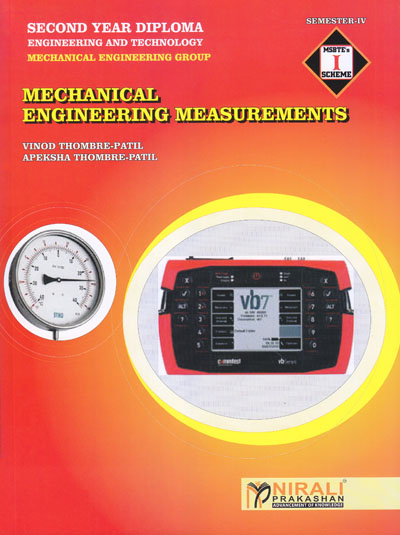
 Zoom
Zoom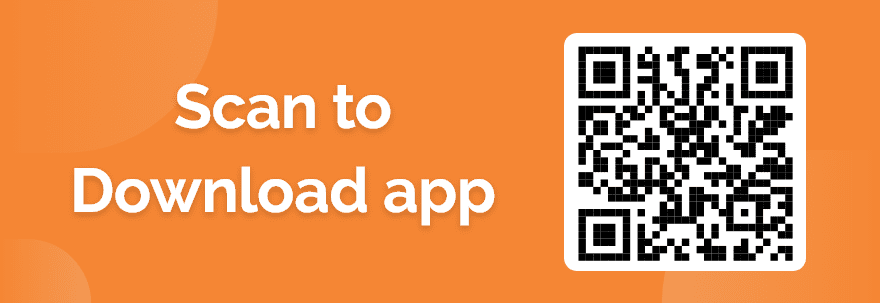

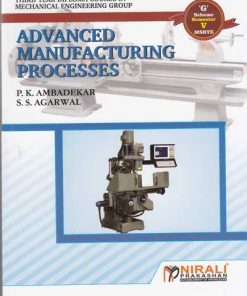


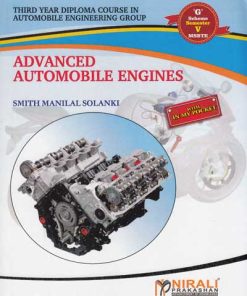
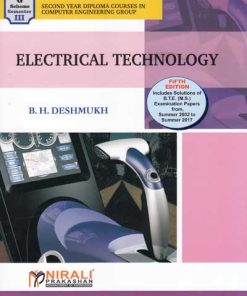

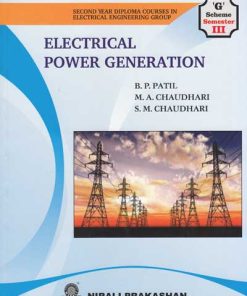
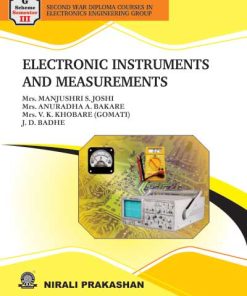



Reviews
There are no reviews yet.